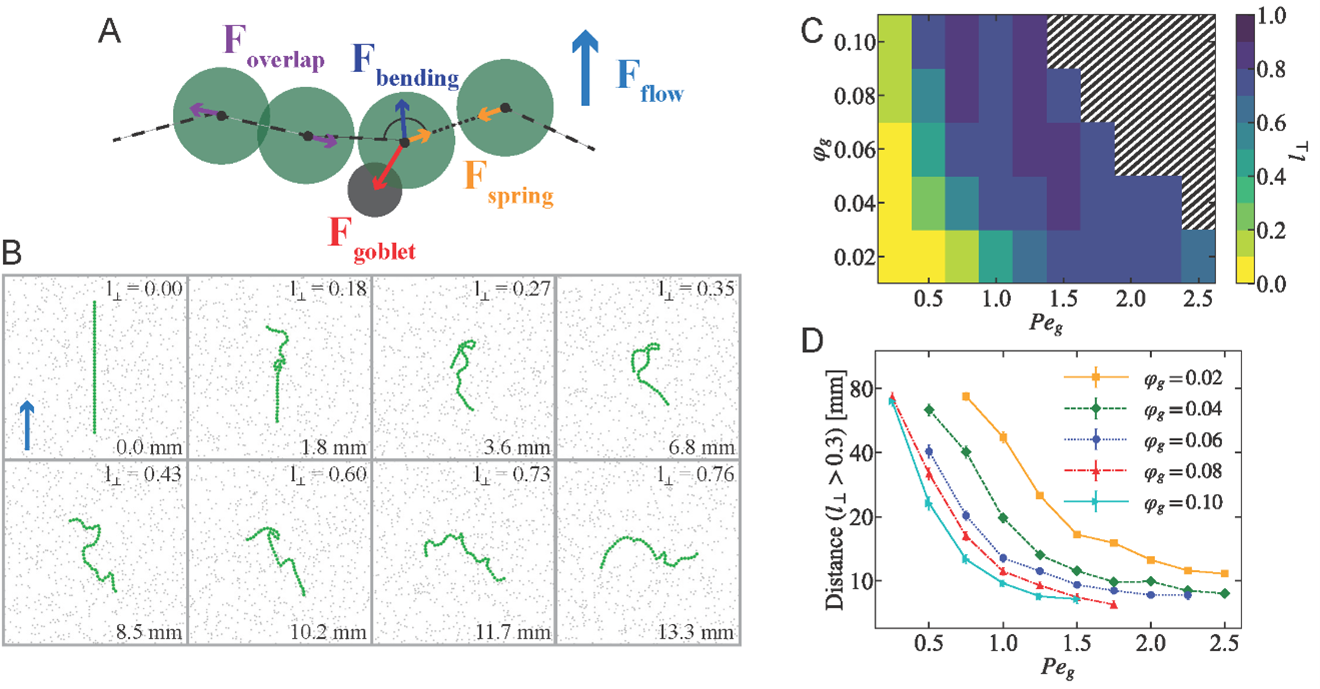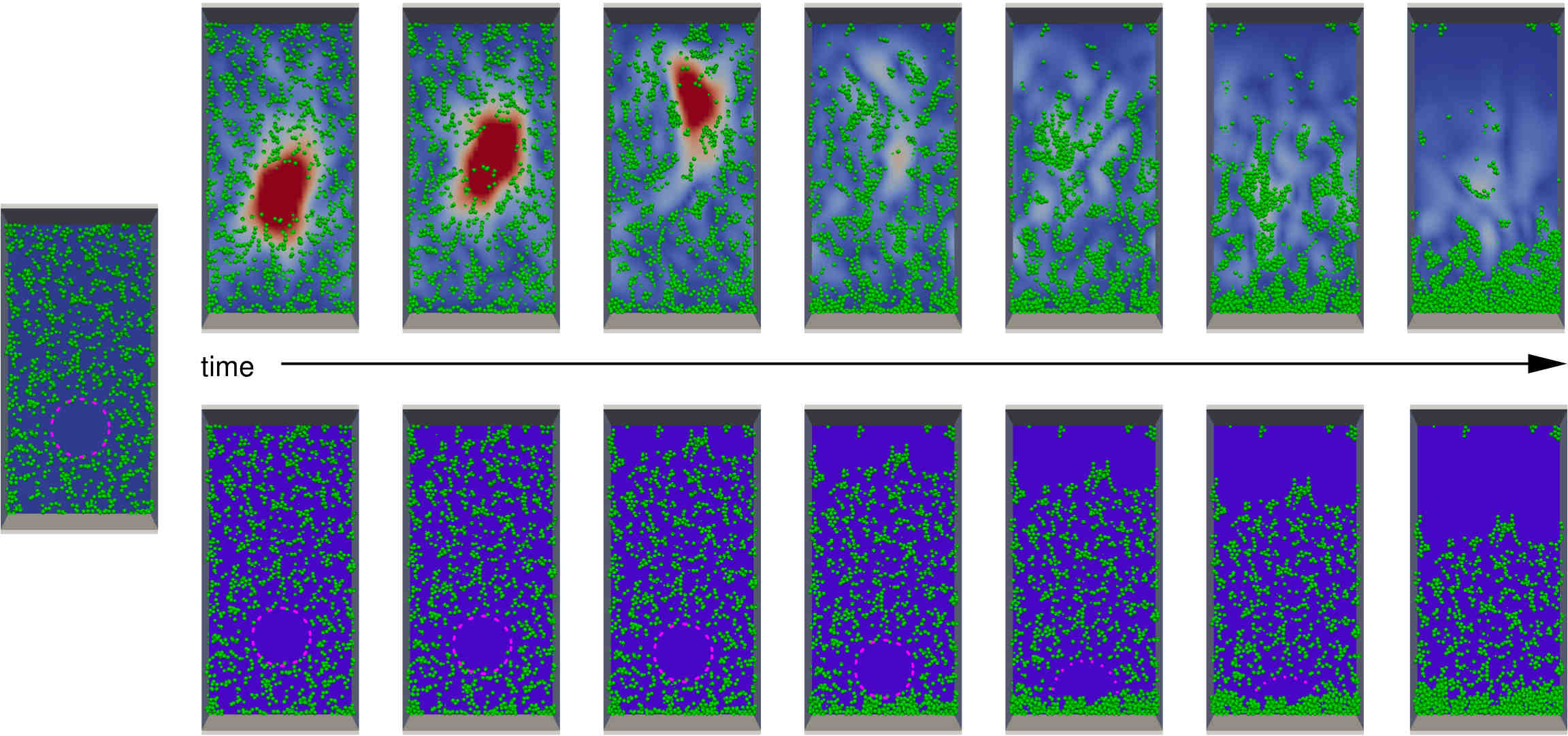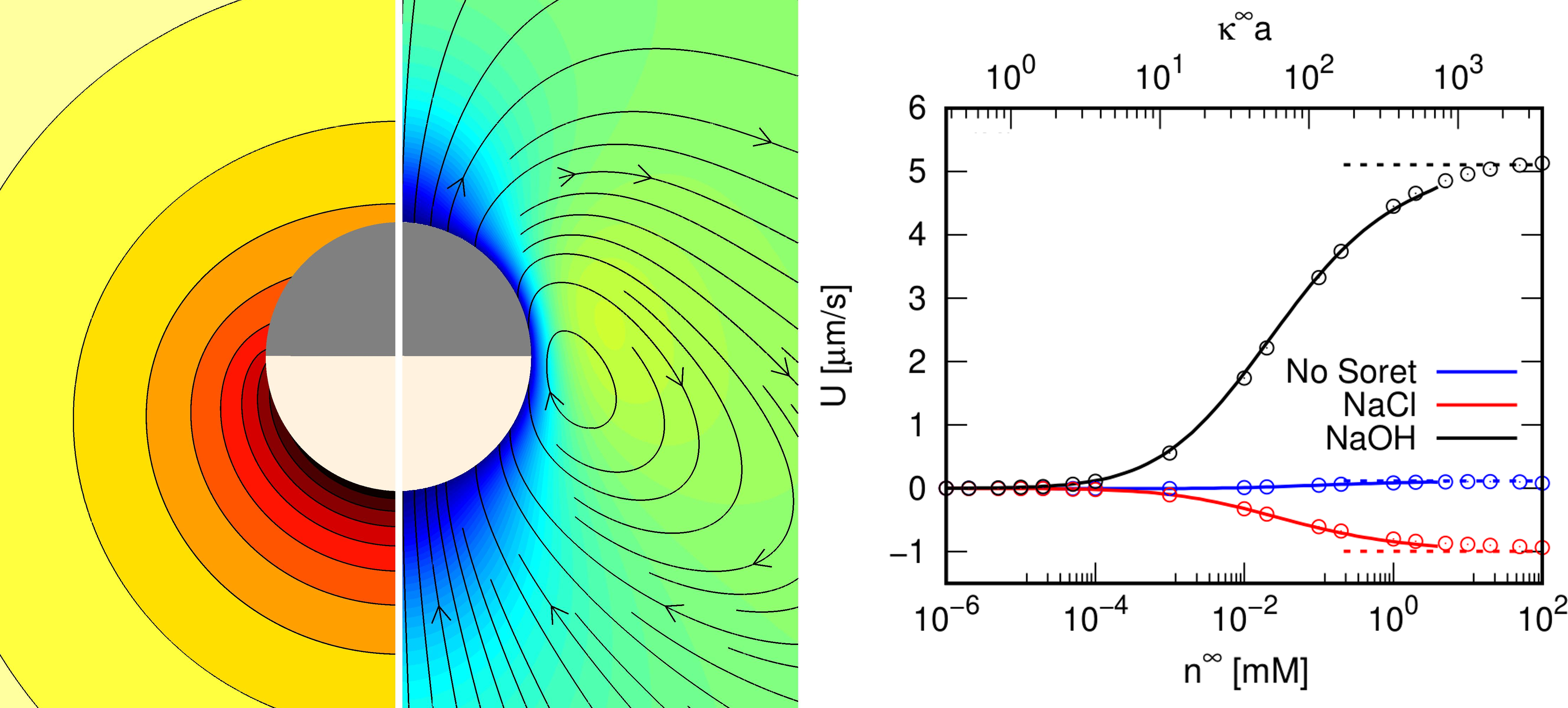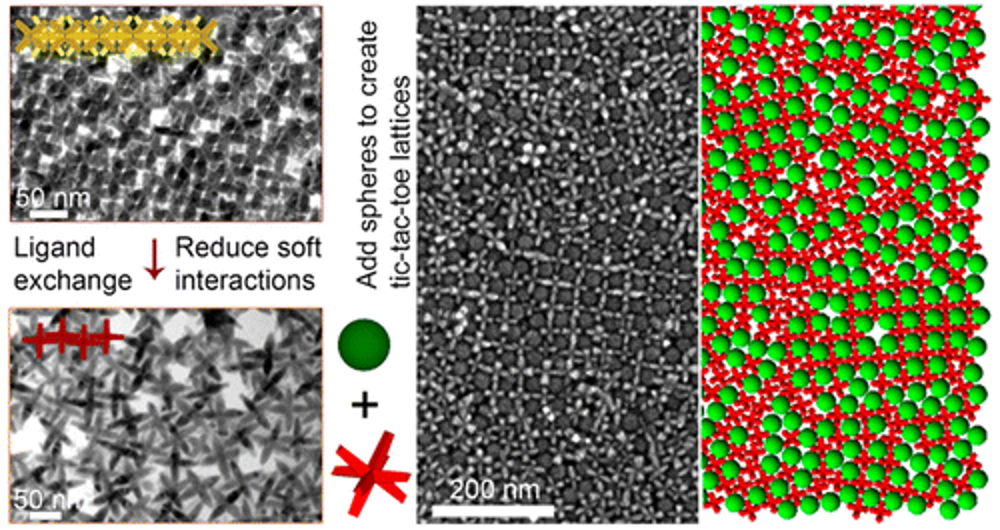Living Systems Growing, Dividing, and Competing
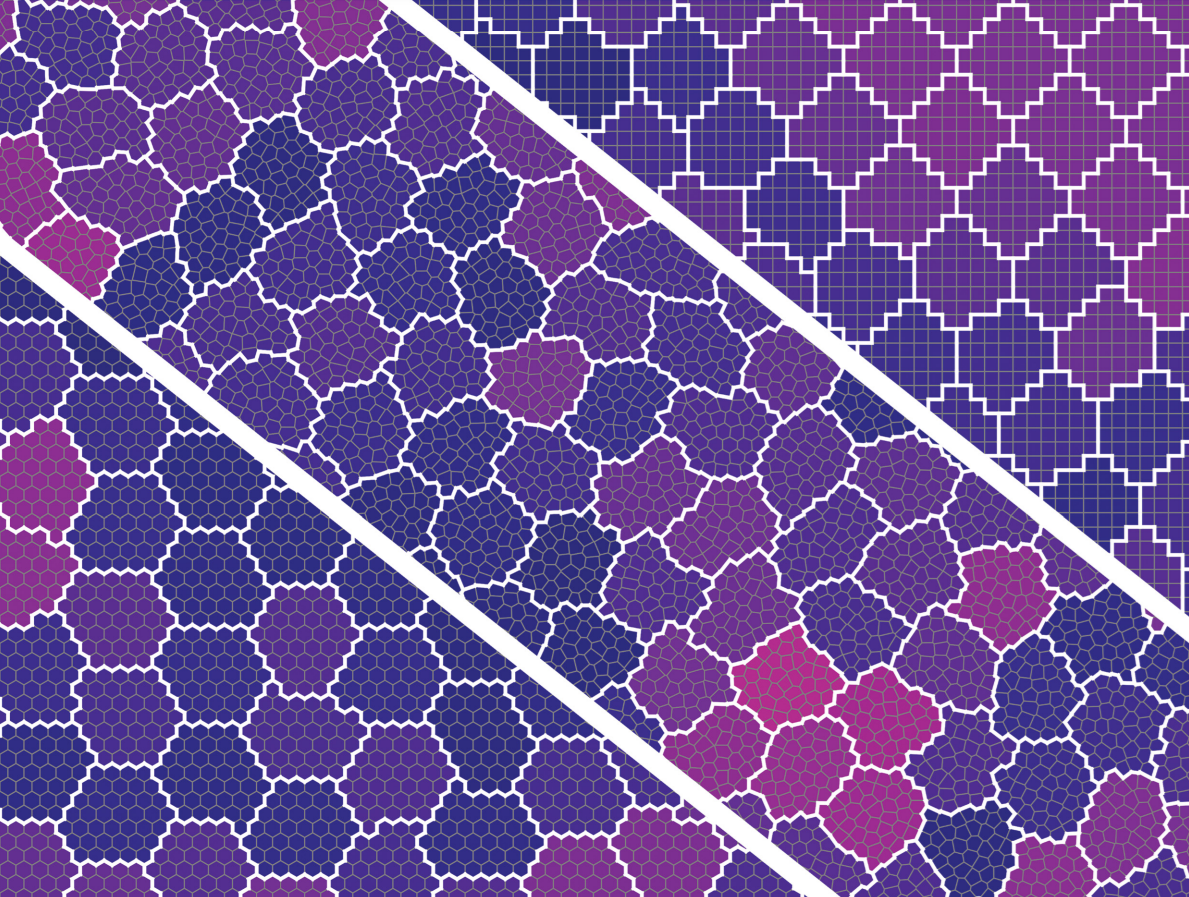
My group studies a wide range proliferating systems using computational and theoretical techniques. We also develop new softwares for studying such systems, which enable the characterization of living processes involving millions of discete participants. Currently, we are interested in antimicrobial resistance development and how the structure of a bacterial colony impacts this. Additionally, we are working toward a new computational tissue model that more accurately accounts for the cell cycle.
